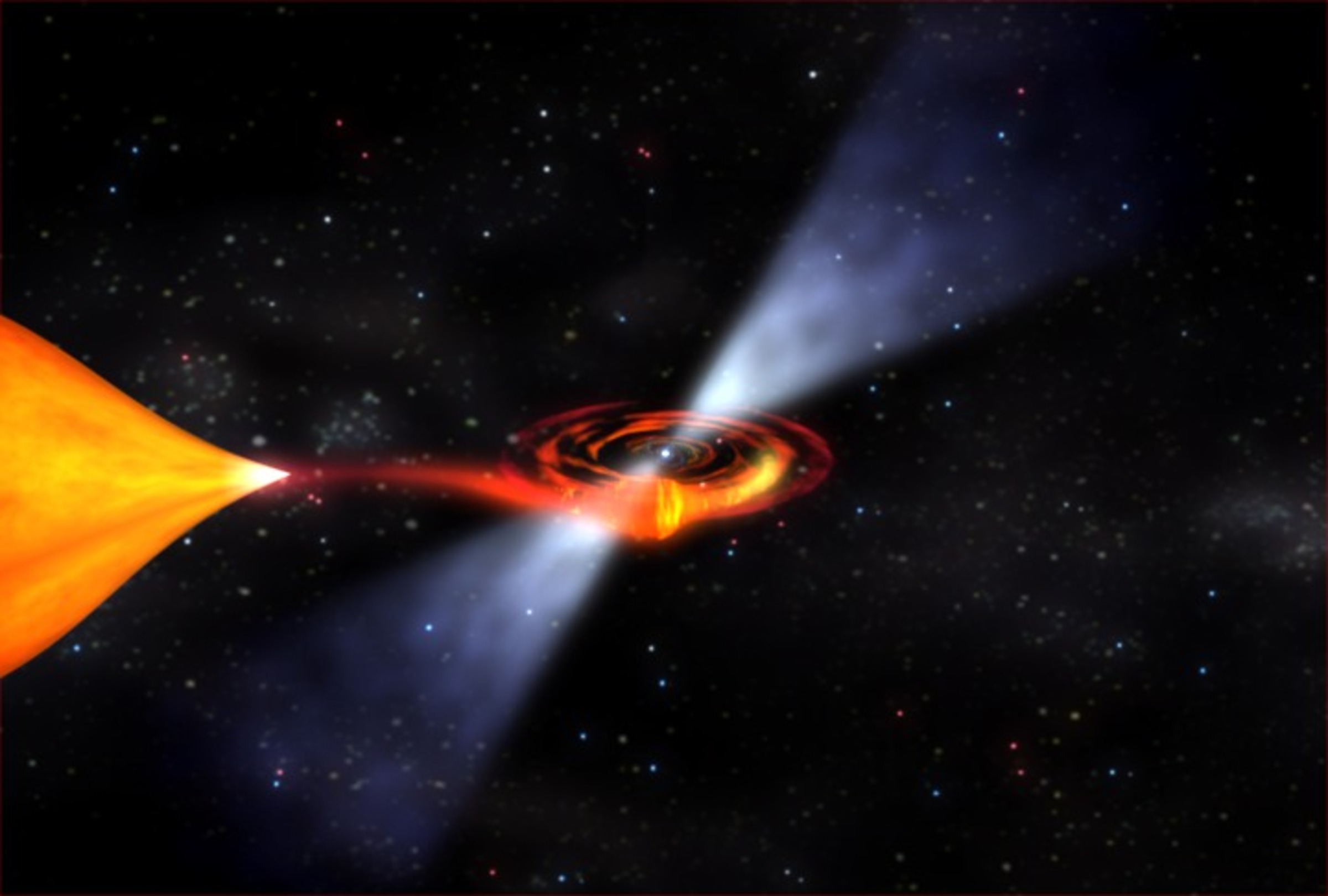

Over the past week, NuSTAR observed the bright Galactic binary SAX J1808.4-3658 as part of an approved joint XMM-Newton and NuSTAR Target-of-Opportunity (ToO) program. SAX J1808 was the first ever discovered accreting millisecond pulsar and has been dormant for around three years before it recently increased in brightness again in a dramatic fashion, when the source was observed by Einstein Probe to have an X-ray flux exceeding the XMM/NuSTAR trigger threshold by more than a factor of 1000. The team has also triggered a 10-day-long ToO observation with IXPE, as well as requesting Director's Discretionary Time (DDT) ToO observations with XRISM, to explore the polarization and high-resolution spectral properties of the source. NuSTAR observations close to the start of IXPE observations will maximize the scientific return, probing the broadband outburst spectra beyond the IXPE, Einstein Probe, and XRISM bands to search for reflection features from the accretion disk as the outburst of this source proceeeds.
Authors: Daniel Stern (NuSTAR Deputy PI)